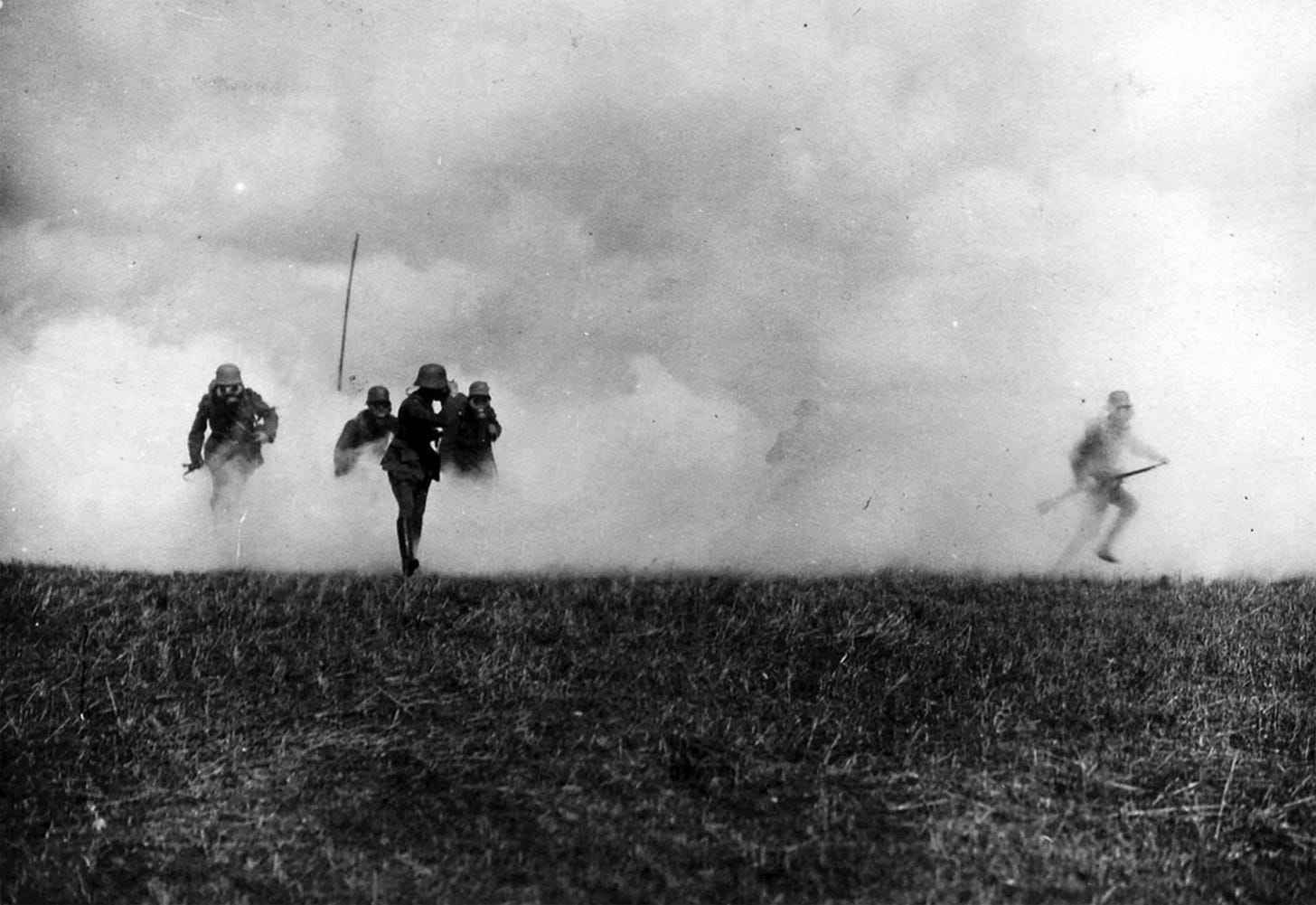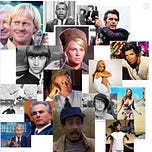Baseball and chemical weapons.
The large-scale use of chemical weapons began in World War I.

Both sides tried tear gas first.
But it dispersed quickly and caused only temporary blindness and breathing trouble.

Both France and Germany wanted something stronger and lethal.
So they began putting chlorine, phosgene and mustard gas into grenades and artillery shells.

The first battlefield test of these chemical weapons came in April 1915, near Ypres, Belgium.
There, German troops lobbed 6,000 canisters of chlorine gas into French and Algerian trenches.
The gas forced the trench occupants to run wildly from the battlefield while blinded, coughing and heaving for air.
This gas attack killed 1,000 men and injured 4,000 more.

These were the kind of results both sides were looking for.
And the US was no different.

When America entered the war, the Army established a poison gas research center at American University in Washington and created a special Chemical Warfare Service.

To spur enlistments, the director of the Service recruited well-known baseball players, including Christy Mathewson, Branch Rickey, George Sisler and Ty Cobb, to serve as instructors in the Service’s training program in France.

These baseball stars trained soldiers to advance across no-man’s land under cover of an artillery barrage while spraying liquid flames from tanks strapped to their backs and tossing gas-filled bombs into enemy trenches.

Training involved realistic readiness drills.

The drills required soldiers to enter an air-tight chamber, then await a signal to strap on their gas masks as poison gas began to fill the chamber.

During one of these drills, several men missed the gas mask signal and breathed in the poisonous gas.
Ty Cobb later said it was utter chaos.

Men screamed and thrashed in a tangle of bodies on the floor.

Cobb managed to snap on his gas mask and evacuate the chamber, but eight men died from breathing the poisonous gas and eight more were injured.
One of the injured was star pitcher Christy Mathewson, who developed tuberculosis from this gas exposure.


But this bad accident didn’t derail the US chemical weapons program.
3,500 US troops engaged in chemical warfare during the last few months of the war.
The first international treaty banning the use of chemical and biological weapons in war came seven years after the war ended, in 1925.

Four months after the treaty, Christy Mathewson died from his poison gas exposure.
******************************
I’ll see you tomorrow.
— Brenda
Banner image: John Singer Sargent, 'Gassed,’ depicting the aftermath of a mustard gas attack on the Western Front in August 1918.














Share this post